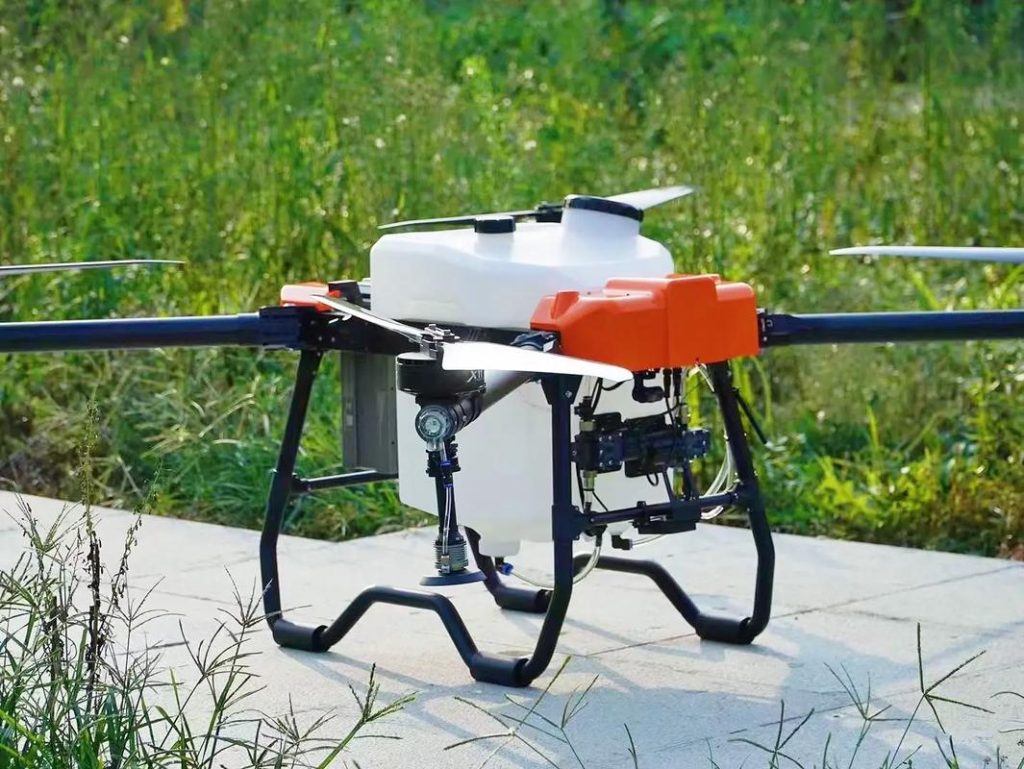
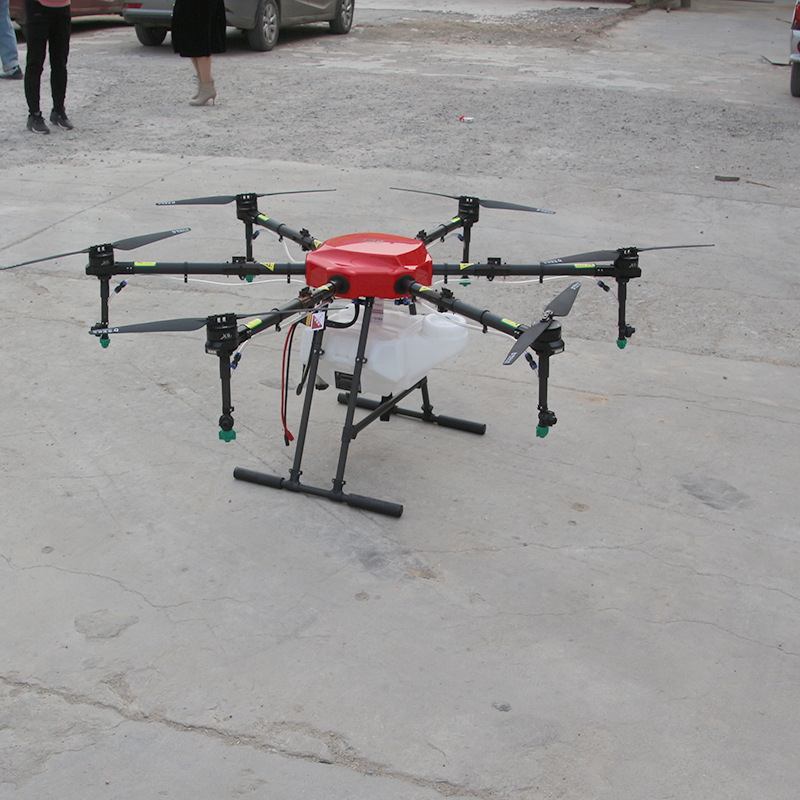
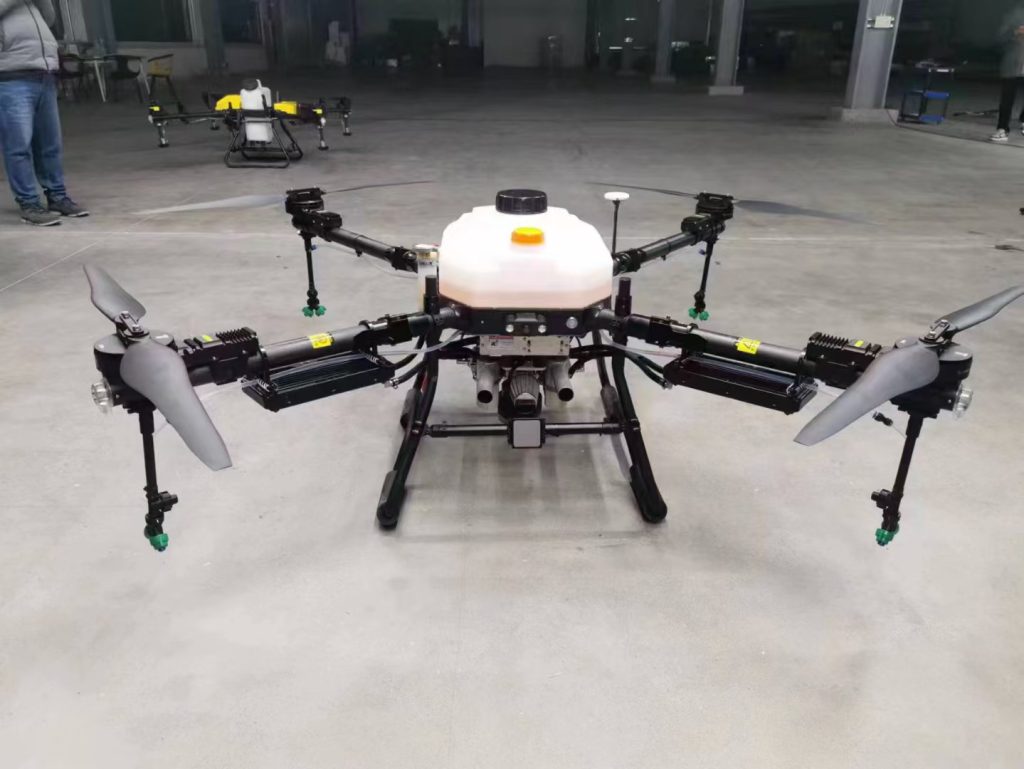
Importing Agricultural Drones from China to Thailand: Advancing Smart Farming in Southeast Asia
Introduction
Thailand, known for its strong agricultural foundation, is moving toward modernizing its farming practices to meet the growing demands of food production, climate challenges, and labor shortages. One of the most impactful tools in this transition is the agricultural drone. Importing agricultural drones from China to Thailand is becoming an effective strategy to enhance productivity, reduce manual labor, and improve overall crop management.
The Role of Agricultural Drones in Thailand’s Farming Sector
Thailand’s agriculture spans rice fields, sugarcane plantations, fruit orchards, and rubber farms. With such diversity, efficient resource management and precision are critical. Agricultural drones offer solutions by providing aerial spraying, crop health analysis, seeding, and real-time field monitoring. These capabilities not only increase efficiency but also minimize chemical overuse and reduce environmental impact.
Why Import Agricultural Drones from China?
1. High-Tech Solutions at Competitive Prices
Chinese agricultural drones are well-regarded for their advanced features, including GPS-assisted navigation, AI-powered imaging, and automated spray control. These technologies are offered at affordable prices, making them accessible to Thai farmers and cooperatives.
2. Wide Range of Applications
From rice paddies in the Central Plains to fruit orchards in the North and rubber plantations in the South, agricultural drones from China can be adapted to various terrain and crop types across Thailand.
3. Ease of Use and Customization
Drones designed for export often include user-friendly controls, multilingual instructions, and flexible functions tailored for different agricultural needs, which makes them ideal for both smallholders and large-scale operators.
Steps to Import Agricultural Drones to Thailand
1. Check Regulatory Requirements
Before importing, it’s important to comply with Thai regulations concerning drone usage, civil aviation laws, and agricultural equipment standards. This may include drone registration and import permits.
2. Coordinate with Trusted Export and Logistics Partners
Work with experienced freight and customs agents familiar with technology imports from China to Thailand to ensure smooth delivery and clearance procedures.
3. Ensure Training and Maintenance Access
Once imported, proper training on drone operation and maintenance is essential for maximizing efficiency and safety. Thai agricultural communities can benefit from workshops and local technician support networks.
The Future of Smart Farming in Thailand
As the Thai government promotes digital transformation and sustainability in agriculture, the use of drones is set to grow rapidly. Precision farming tools like drones align with national goals to increase yields, improve food security, and reduce environmental impact. With continued investment in technology, Thailand is well-positioned to become a leader in smart farming across Southeast Asia.
Conclusion
Importing agricultural drones from China to Thailand presents a powerful opportunity to modernize farming and address long-standing challenges in the agricultural sector. By adopting smart technologies, Thai farmers can improve productivity, conserve resources, and build a more resilient future for the country’s food system





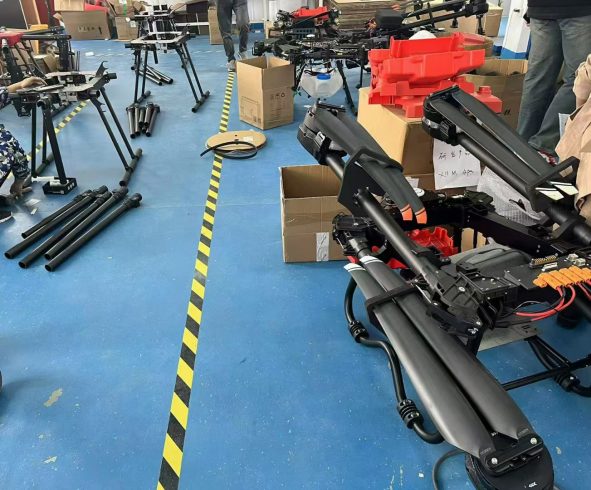


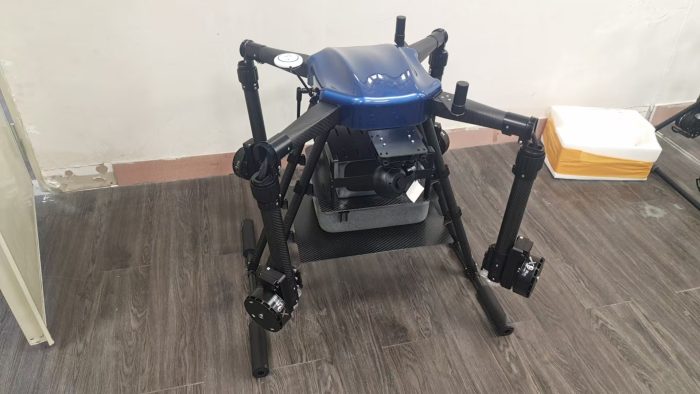
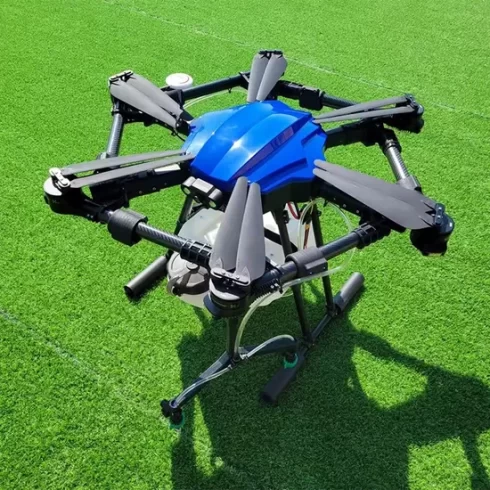
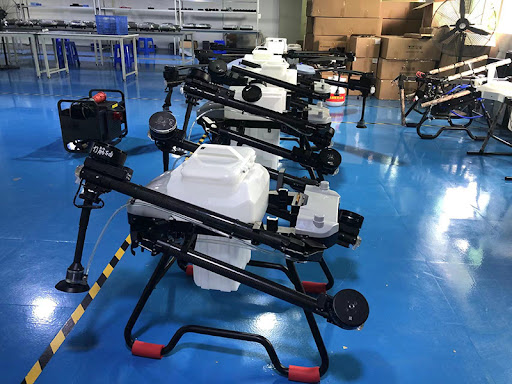

暂无评论内容